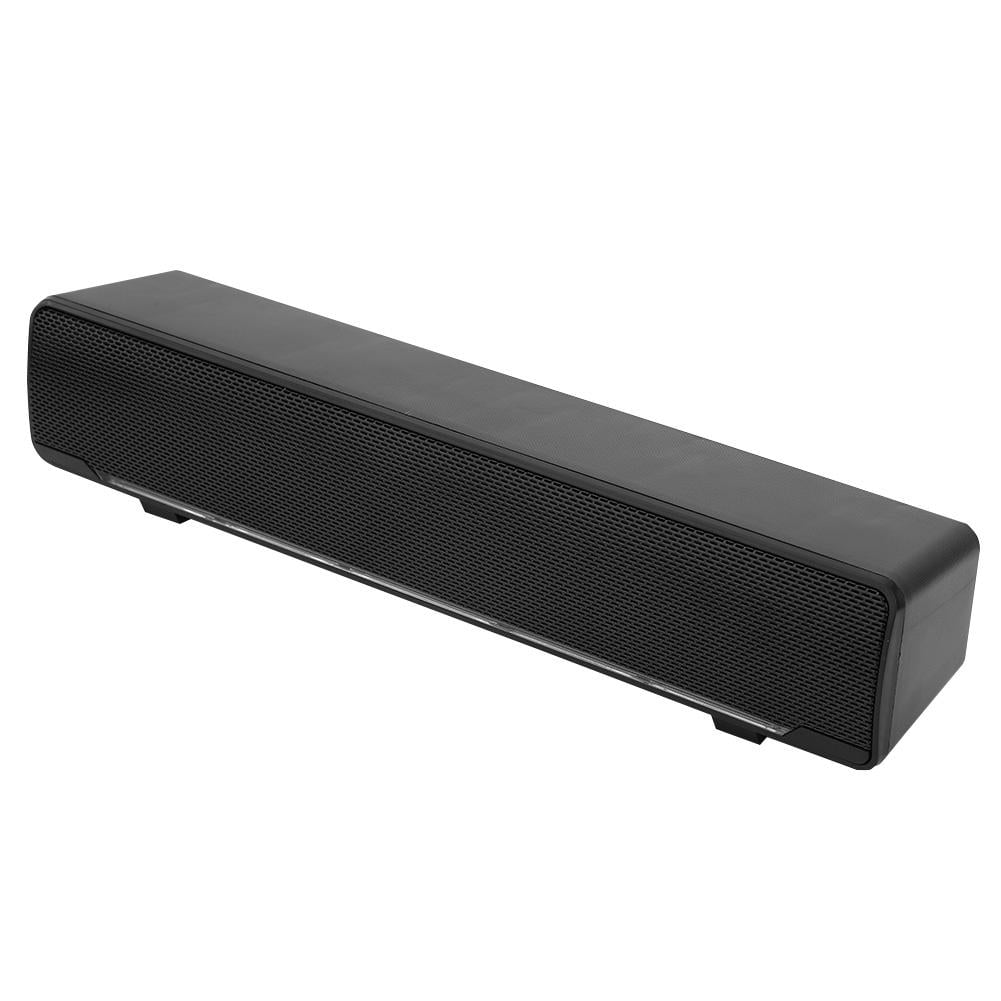
#SOUNDAR INPUT PRO#
*)'ĭscription = "C922 Pro Stream Webcam Analog Stereo"ĭscription = "Monitor of Built-in Audio Analog Stereo"ĭscription = "Built-in Audio Analog Stereo" Output example: $ pacmd list-sources | egrep '(^\s+name. We can get the name with the following command: pacmd list-sources | egrep '(^\s+name. avoid the use of pavucontrol GUI everytime). Which can be helpful if we want to automate the process with a single bash script The pactl load-module module-loopback accepts another parameter which is source, I am happy to receive any better answer too, as this procedure (even if it can be automated) it's still too much error prone and does not automatically includes new devices added later (you will have to setup a new channel and add them again). You can do this using "pavucontrol" (install it if missing), open the "Recording" tab, select "Virtual Streams" from the bottom selector and then make sure you connect a different input to each different loopback.Īt this point it's just a matter of using your input in your application for recording, and you're all set! Please remember to setup also the output as described in my original question :) Now you will have to connect this new "loopback" channels to the device you intend to record from. (If you find the audio stutters, try increasing the latency) So please repeat this command for any input you want to mix (and add one if you want to mix also the input of your laptop): pactl load-module module-loopback sink=inputs latency_msec=1

We will call it "inputs" and we will create it using this command: pactl load-module module-null-sink sink_name=inputsĪfter that, you will need to create as many virtual channels you need for the devices you need to connect, linking that to the "inputs" channel you created before. This is the best answer I found, in another forum, at īasically, you will need first to add a fake channel, a "null sink", where the inputs will be collected.

So basically I figured this out myself after a lot of digging on the internet.


 0 kommentar(er)
0 kommentar(er)
